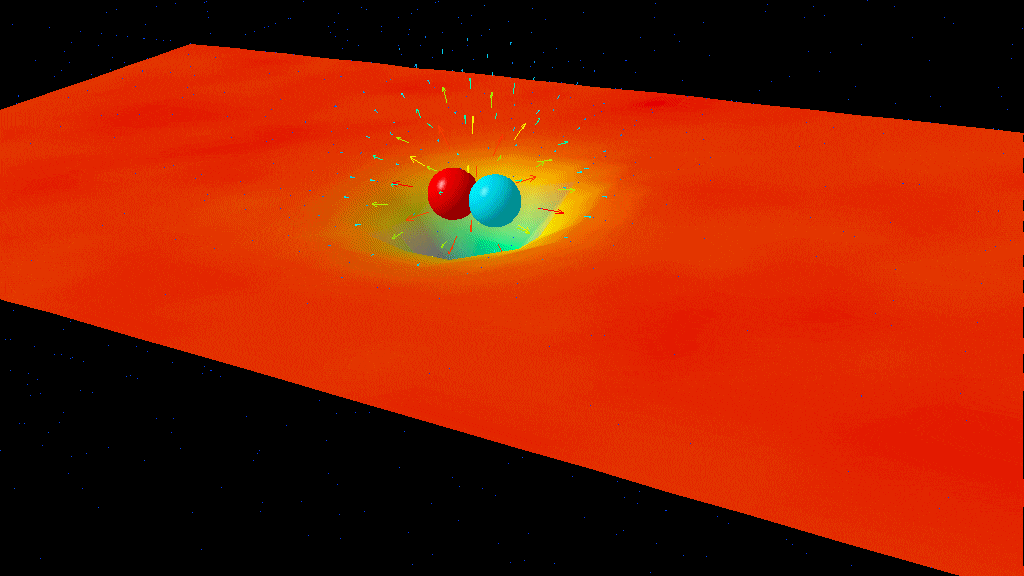Update on the 15,000 Neutrinos That Seemed to Outrace a Beam of Light

Its been about a month since the earth-shaking news came out that perhaps Einstein was wrong, i.e., the discovery that 15,000 neutrinos seemed to outrace a light beam, contradicting Einstein’s statement that light speed is the ultimate speed limit in the universe.
Many physicists could not believe it, since most of modern physics is built on Einstein’s theory, which is proven correct every day. Moreover, in 1987, neutrinos and light from a supernova outside the Milky Way Galaxy were shown to hit the earth at roughly the same time. Now a rough consensus seems to be emerging among physicists that the CERN result is wrong (although the controversy may linger for a longtime, at least until groups in Japan and Chicago duplicate the result).
The startling experiment depends on one number, the distance from CERN Switzerland to the detector in Italy. As mentioned in my previous entry, Breaking the Speed of Light and Contemplating the Demise of Relativity – “Over a period of three years, neutrinos were shot from the particle accelerator at CERN in Switzerland to a detector in Italy (the OPERA – Oscillation Project with Emulsion Tracking Apparatus) about 500 miles away. What the team found interesting was that the neutrinos arrived around 60 nanoseconds quicker than the light would have traveled. This recent result from the accelerator at CERN, which seems to contradict Einstein’s theory of relativity, has generated enormous interest, among scientists as well as the public. However, not much has been written about precisely what this means for relativity itself.”
Taking that into account, this distance has to be calibrated extremely carefully. At CERN, physicists used the GPS satellite to measure the distance from CERN to Italy. (But the GPS system itself uses relativity to calculate distances). Recently, there have been papers challenging the accuracy of the GPS system, stating that perhaps the CERN physicists did not accurately take into account the distance from the earth to the satellite and the relativistic effects of the satellites themselves. Since the result has to be correct to 20 parts per million, there are extremely small second-order effects that have to be recalibrated very carefully. Some physicists claim that the missing 60 feet lies in a slight miscalibration.
This controversy will last for months to years, until the results can be duplicated. But at least for the present, physicists are beginning to recover from the initial shock and are painstakingly going over the data with a fine-toothed comb.
Personally, I believe that the CERN physicists miscalibrated this distance. Time will tell.Photographs of the OPERA (Oscillation Project with Emulsion Tracking Apparatus via http://operaweb.lngs.infn.it/ are found below:
(above) Lateral view of OPERA (Full Resolution)
 (above) High Precision drift tube for particle momentum reconstruction (Full Resolution)
(above) High Precision drift tube for particle momentum reconstruction (Full Resolution)
 (above) MAGNET (Full Resolution)
(above) MAGNET (Full Resolution)
 (above) Resistive Plate Chamber among the magnet irons slabs(Full Resolution)
(above) Resistive Plate Chamber among the magnet irons slabs(Full Resolution)
 (above) Walls filled with bricks interleaved with plastic scintillator plates(Full Resolution)
(above) Walls filled with bricks interleaved with plastic scintillator plates(Full Resolution)
 (above) The detector (Full Resolution)
(above) The detector (Full Resolution)
 (above) Brick loading station (Full Resolution)
(above) Brick loading station (Full Resolution)





